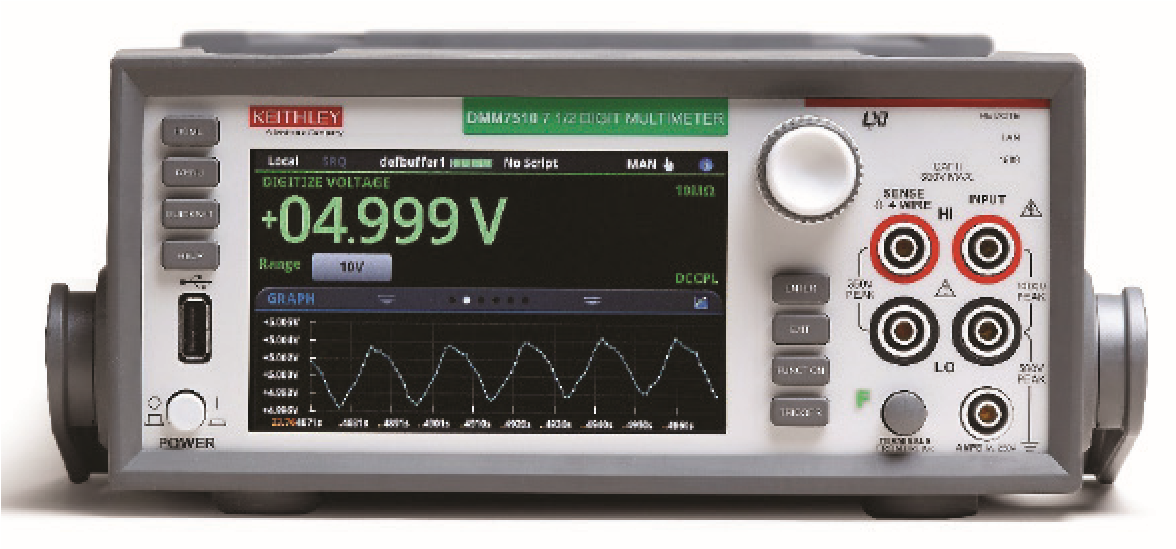

In this installment of our series on power supply testing, we’ll walk you through the specification check. This is the part where you ensure that your design meets efficiency standards and other required specifications, such as line and load regulation, ripple, noise, short-circuit protection, transient response and efficiency.
First, check the load regulation. We suggest using a high-precision DMM directly on the input and output terminals of your design. Next, sweep the load from minimum to maximum. Remember, it’s important that the input voltage is kept constant during the test. Now, log any changes in output voltage versus load to determine load regulation.
Second, check line regulation. Line regulation can be tested with a similar setup where output voltage is measured across a constant load, while input AC voltage sweeps from minimum to maximum. This test is especially crucial for universal input power supplies.
Third, check for noise and ripple at full load. For this task, we recommend using a scope that’s optimized for high-resolution measurements or a high-precision graphical sampling multimeter. The scope will typically provide higher bandwidth, but the multimeter can offer increased accuracy.

The graphical sampling DMM7510 allows you to capture fast transients and small ripple.
Keithley’s DMM7510 graphical sampling multimeter is a great option. This instrument has an 18-bit 1 MS/s digitizer, which will allow you to capture fast transients and small ripple. It can do all this while displaying results on a large five-inch touch screen interface.
As you do your specification checks, make sure to use a power analyzer to log efficiency, while sweeping the input voltage and output load through all operating conditions. The recently introduced PA3000 multi-channel power analyzer is a good choice for this with 0.04% accuracy and 10mW standby power capability for accurate efficiency and power measurement from no load to full load. A typical setup for AC-DC power supply efficiency measurement is shown below.

AC-DC power supply efficiency measurement setup.
If you plan on measuring low-level voltages like ripple using an oscilloscope, minimize probe attenuation (1X or 2X, if possible). This will give the best signal-to-noise ratio in your oscilloscope measurements. Also, never rely on the AC source or electronic load readouts for line or load regulation tests. Instead, use precision instruments directly at the terminals of the power supply. This will give you better measurement accuracy and minimize drop across input and output cables.
Lastly, if you plan to measure high-frequency noise and ripple, use a low-inductance ground-spring probe adapter (or something similar). A standard probe ground wire can act as antennas and pick up ambient noise from fluorescent lights and other sources, which can create significant errors in readings.
Check back shortly for part 8 of this series where we will discuss power line compliance testing.
See More Power Supply Measurement Tips in this 10-part series:
Part 1: Component Selection and Characterization for Power Supply Design
Part 2: Low-Voltage DC Circuit Power-On Test
Part 3: High-Voltage AC Circuit Power-On Test
Part 4: Digital and Analog Control Circuit Debug
Part 5: Testing Power Stage Switching Characteristics
Part 6: Switching and Conduction Loss Testing
Part 7: Power Supply Specification Check
Part 8: Power Line Compliance Testing
Part 9: EMI Troubleshooting and Pre-compliance
Part 10: Design Validation


